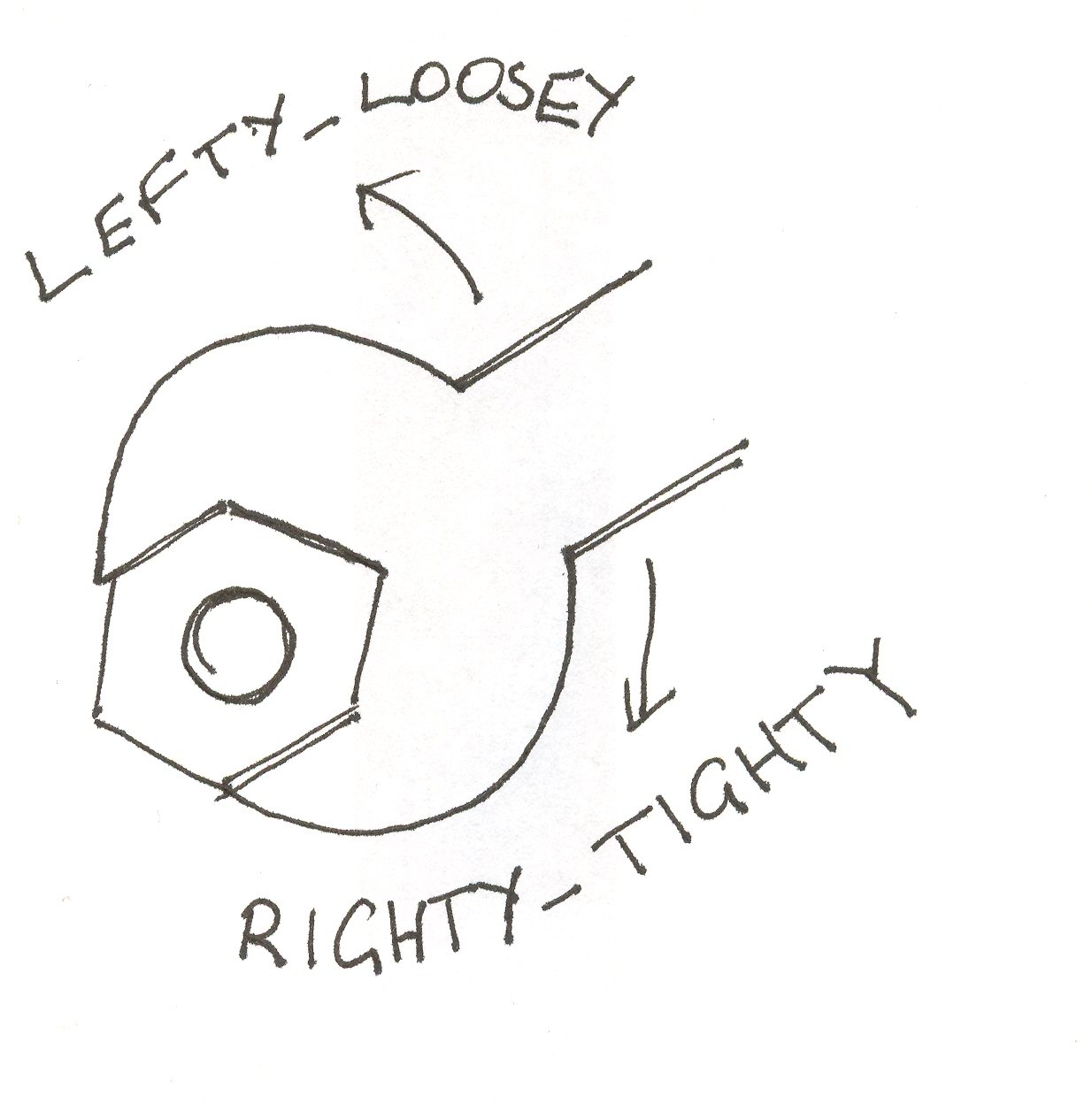this post was submitted on 13 Oct 2024
468 points (98.0% liked)
Asklemmy
45145 readers
1449 users here now
A loosely moderated place to ask open-ended questions
If your post meets the following criteria, it's welcome here!
- Open-ended question
- Not offensive: at this point, we do not have the bandwidth to moderate overtly political discussions. Assume best intent and be excellent to each other.
- Not regarding using or support for Lemmy: context, see the list of support communities and tools for finding communities below
- Not ad nauseam inducing: please make sure it is a question that would be new to most members
- An actual topic of discussion
Looking for support?
Looking for a community?
- Lemmyverse: community search
- sub.rehab: maps old subreddits to fediverse options, marks official as such
- [email protected]: a community for finding communities
~Icon~ ~by~ ~@Double_[email protected]~
founded 5 years ago
MODERATORS
you are viewing a single comment's thread
view the rest of the comments
view the rest of the comments

The “front” or “forward” direction of a screw is clearly the face of the fastener itself, be it a hex head, Phillips, or Slotted screw. Picking a side of a face as the front doesn’t make any sense. The whole thing needs to rotate one direction or another, and it will either rotate to the right to tighten, or the left to loosen.
If I ask you what the front of a clock is, are you going to tell me it’s the top curve near the ceiling? No it’s the face of the clock, and the hands rotate around it to the right.
Correct.
Right. Nobody is talking about the under side of the fastener. Just looking it the face of the fastener, as one does when driving into something.
Wrong. A rotating circle rotates in all directions, including right and left, up and down, at the same time. If you attach an arrow perpendicular to the circle, pointing in the direction of rotation, then (if rotating clockwise) the arrow will point right at 0°, down at 90°, left at 180°, and up at 270°
You’re talking about the TOP of the rotation. The bottom of the rotation is moving the opposite direction. Just like the right and left sides move in opposite directions.
Think about a wrench hanging off a fastener, handle pointing to six o’clock. To tighten it (clockwise), does the handle move toward your left or right?
From nine o'clock to three oclock it rotates to the right. From three to nine it rotates to the left.
The rule for the top of the rotation is “righty tighty”. For the bottom of rotation the rule is “lefty tighty”.
The “righty tighty” saying doesn’t specify which side of the rotation it’s referencing, which as a kid helping my grandfather in the garage was confusing.